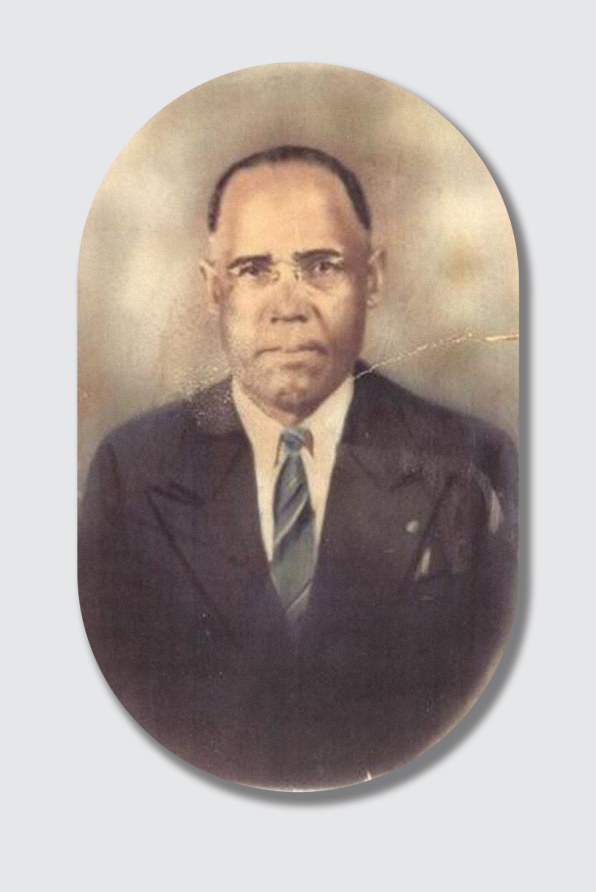An excerpt from Slate -
What Happens to Middle School Kids When You Teach Them About Slavery? Here’s a Vivid Example.
The topic is emotional. That’s not a bad thing.
BY MARY NIALL MITCHELL AND KATE SHUSTER
 |
| Group project of eighth grade class at Olentangy Orange Middle School in Lewis Center, Ohio. Photo by Kristin Marconi and Christine Snivley |
When she found the advertisement for Maria, an eighth grader named E.D. was struck by the details in it. The ad was posted in a local newspaper, in 1846, by an enslaver in Tennessee. When Maria escaped, she was only 18 or 19 years old. She did not act alone. Maria ran with “a free man” named Henry Fields. For faster transport, Maria and Henry also liberated a gray mare. Maria’s enslaver suspected Henry had his free papers with him. But he was certain that Henry carried something else: a fiddle.
E.D.’s teachers had asked their students to respond creatively to an ad they found in Freedom on the Move, a digital collection housed at Cornell University of thousands of ads by enslavers and jailers seeking the return of self-liberating people, printed in American newspapers before emancipation. E.D. decided to make Henry’s fiddle. She made it life-size, out of cardboard and papier mâché. She covered it with a collage that tells the story of Henry and Maria’s flight. The enslaver placing the ad suspected “they will make for Kentucky and from there to a free state.” So E.D. used the image of a running horse, a “Welcome to Kentucky” sign, and a heart symbol—this last because E.D. wondered “if Maria and Henry were in love.” E.D. pasted a copy of the ad on the fiddle seven times, for the number of times the ad ran in the newspaper. It was her personal monument to Henry and Maria and their acts of resistance. “My fiddle represents Henry and Maria’s story, their fight for freedom,” E.D. explained, “but it also represents all of the thousands of other stories just like theirs, waiting to be told.” She carried the fiddle to school in a violin case.
E.D. and her teachers, Kristin Marconi and Christine Snivley, who teach middle school students in Ohio, were part of a virtual learning community created for Freedom on the Move by the Hard History Project. The goal of these workshops was to tap the genius of teachers to build a bridge between the digital archive and K–12 classrooms. As a crowdsourced archive, FOTM was built with the public in mind. Still, it takes the expertise of teachers to reach, arguably, FOTM’s most important readership: young people.
We are in a cultural moment in which teaching about racism and the world it has made is both essential and controversial. Critics rallying under the banner of “anti-CRT” describe this teaching as divisive and disturbing. But we can’t teach the history of the United States without teaching about slavery. And of course, they’re right about the emotions involved—there’s nothing comfortable about slavery. But they’re missing something: There’s a lot of good, and even joy, to be had in talking about the relentless and omnipresent resistance to slavery that we see again and again in newspapers before the Civil War, in ads seeking the return of self-liberating people.









